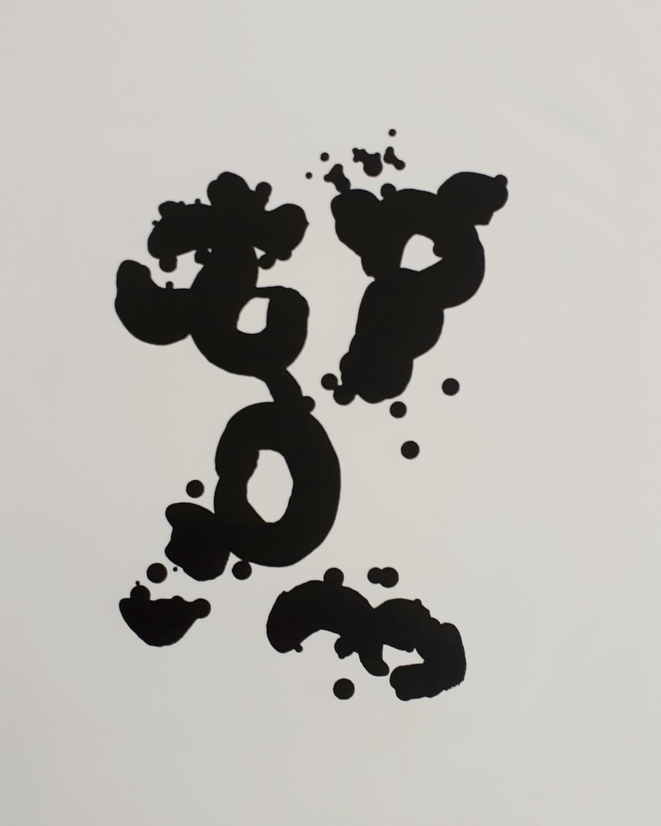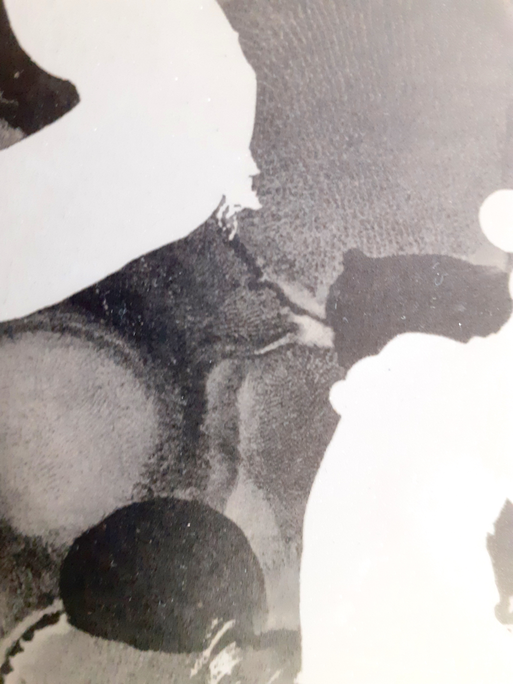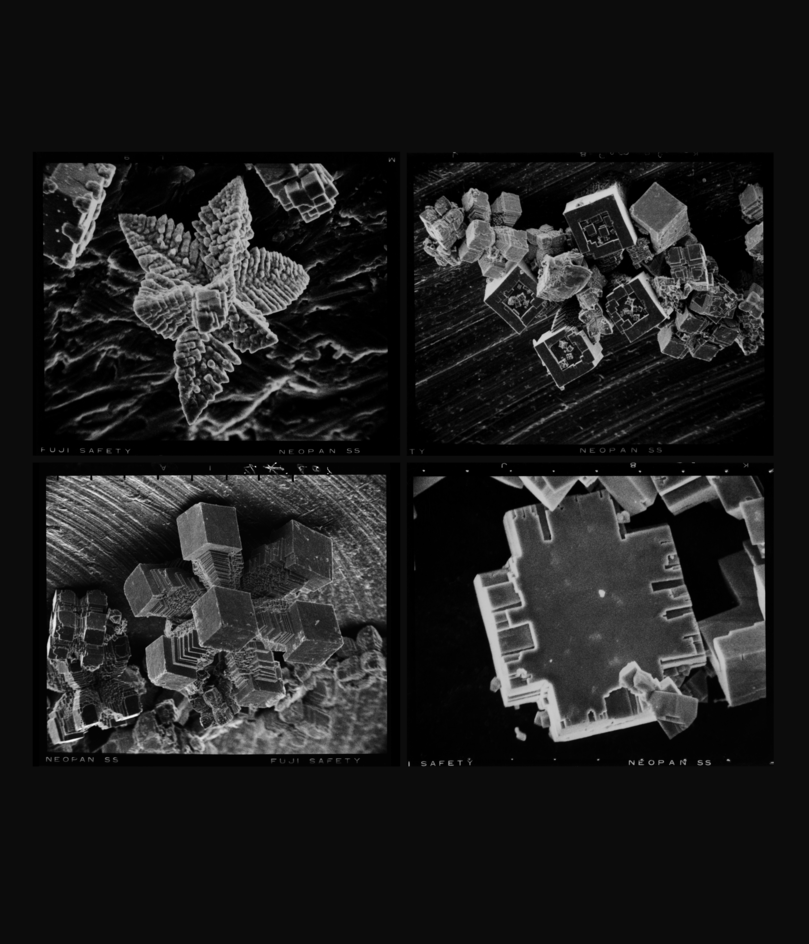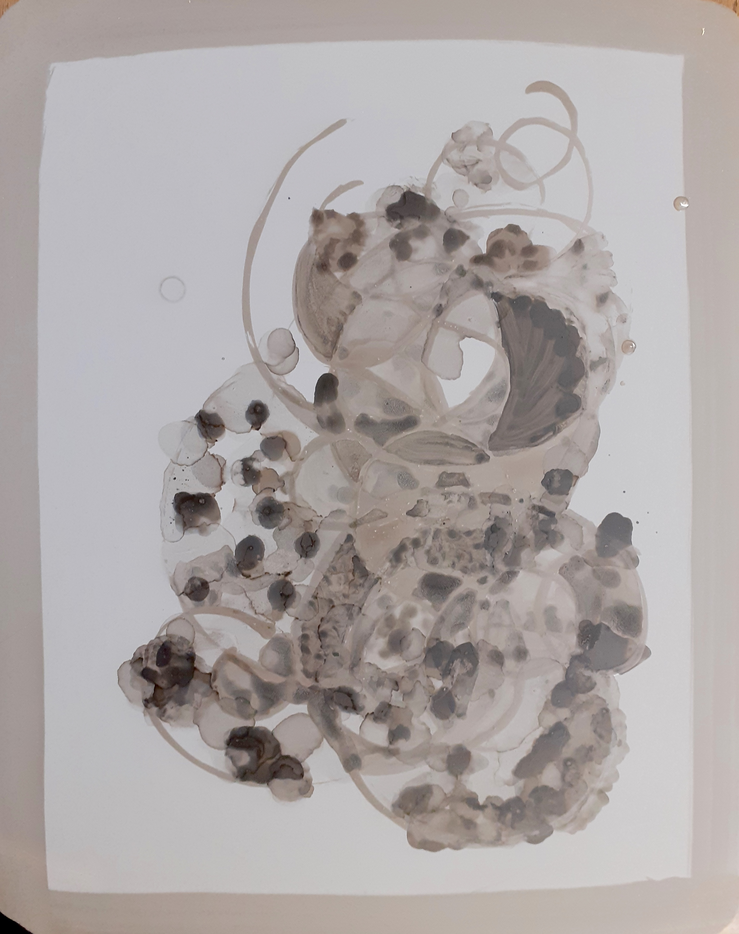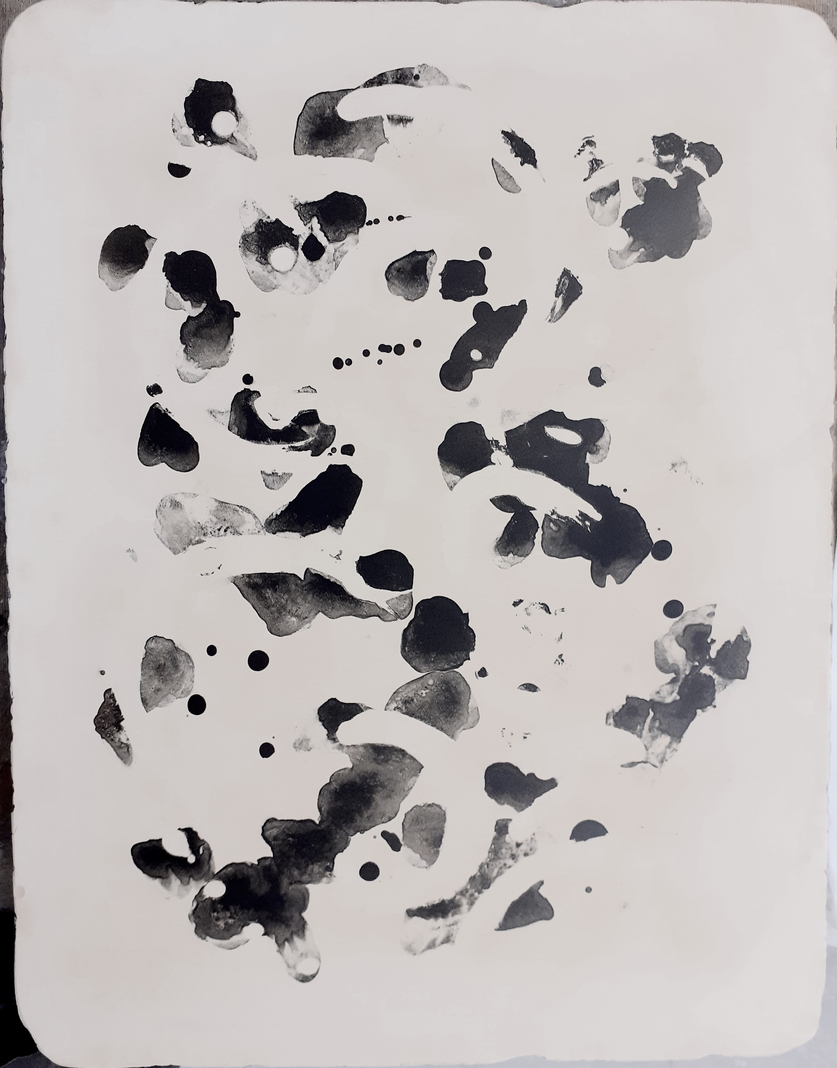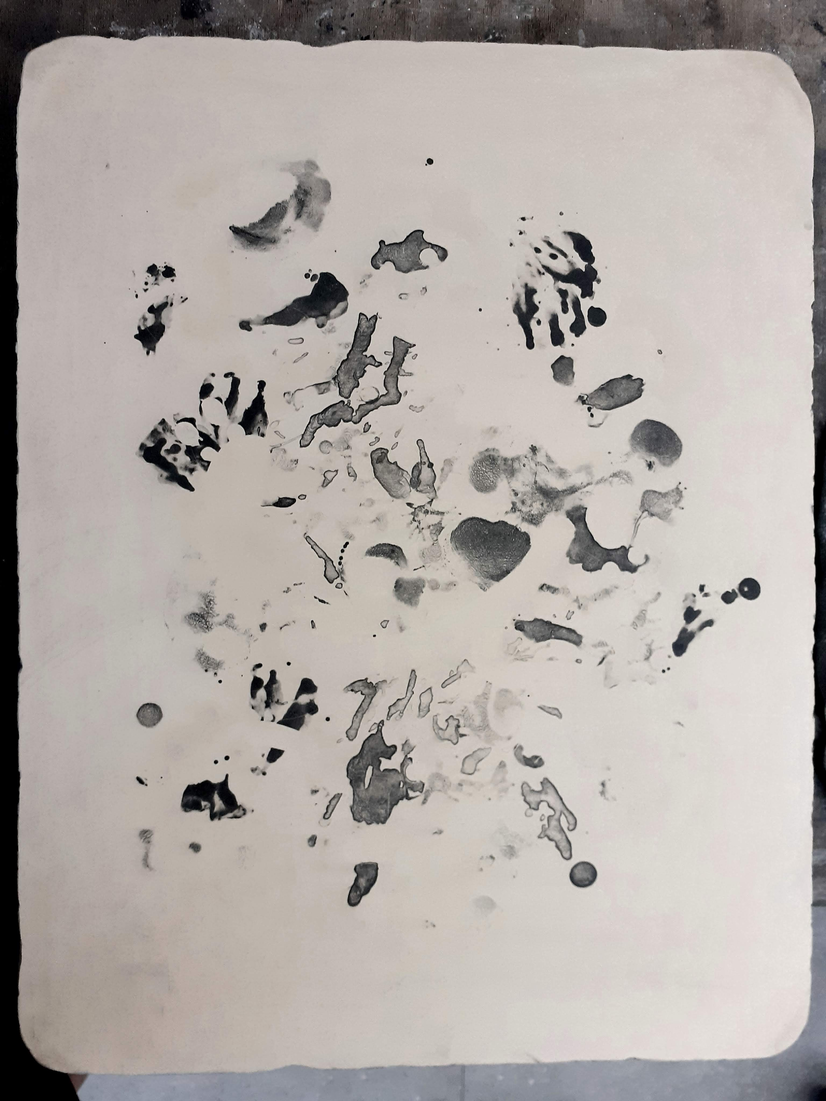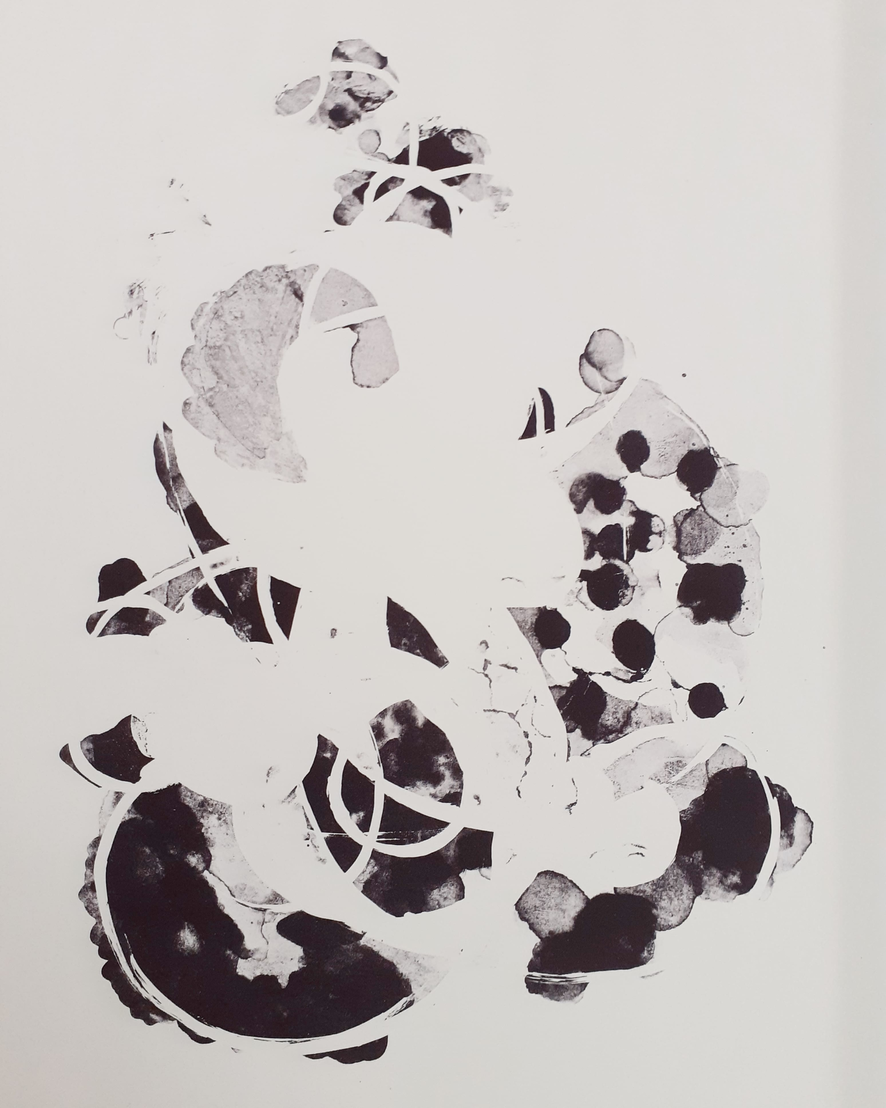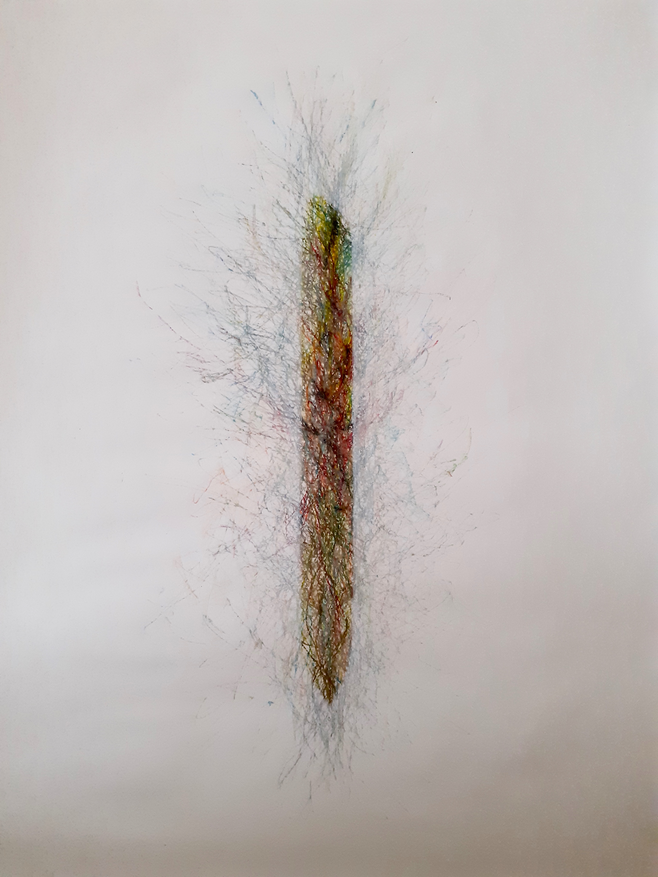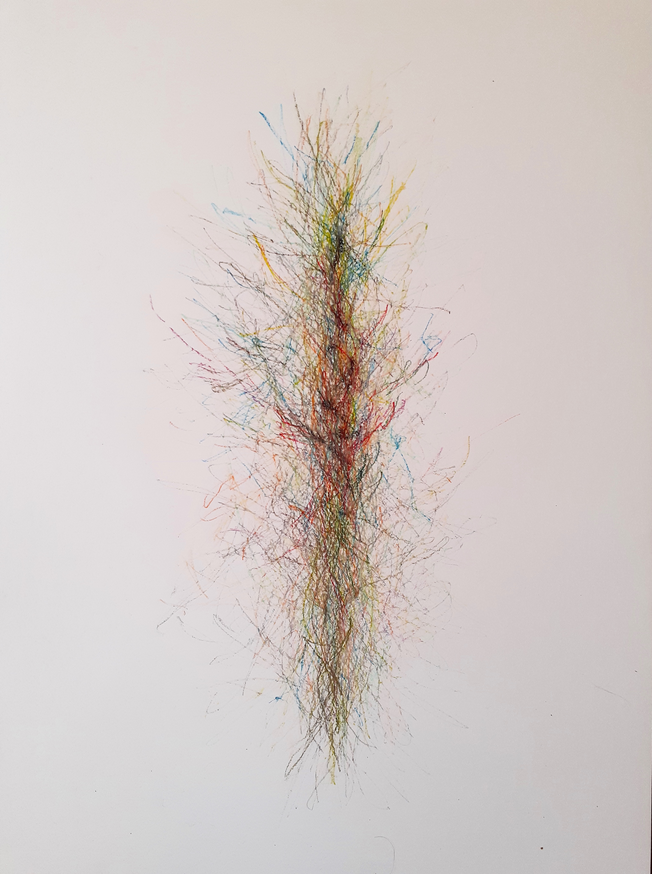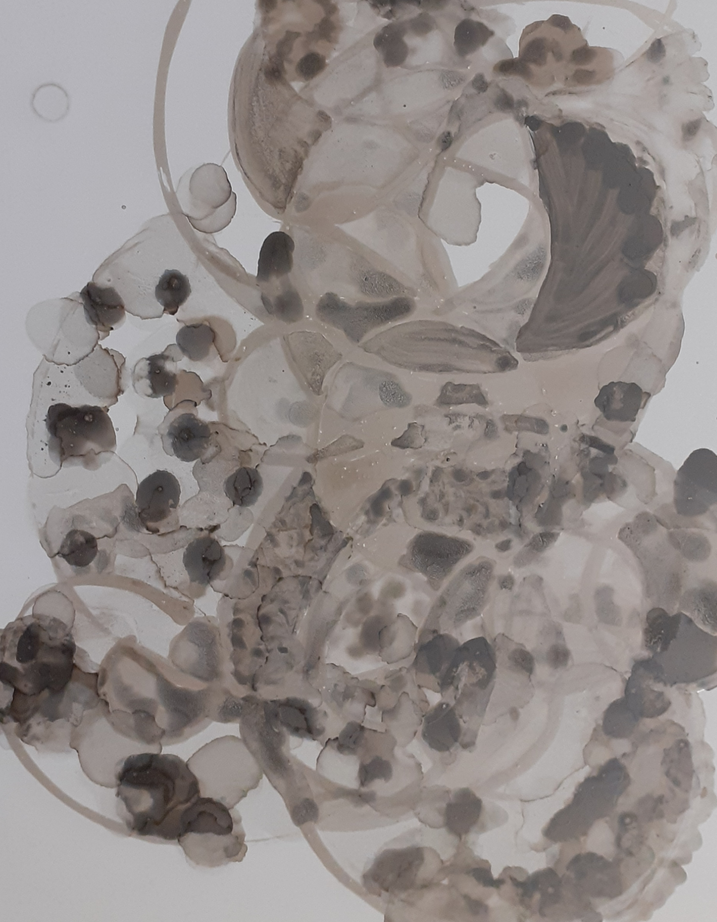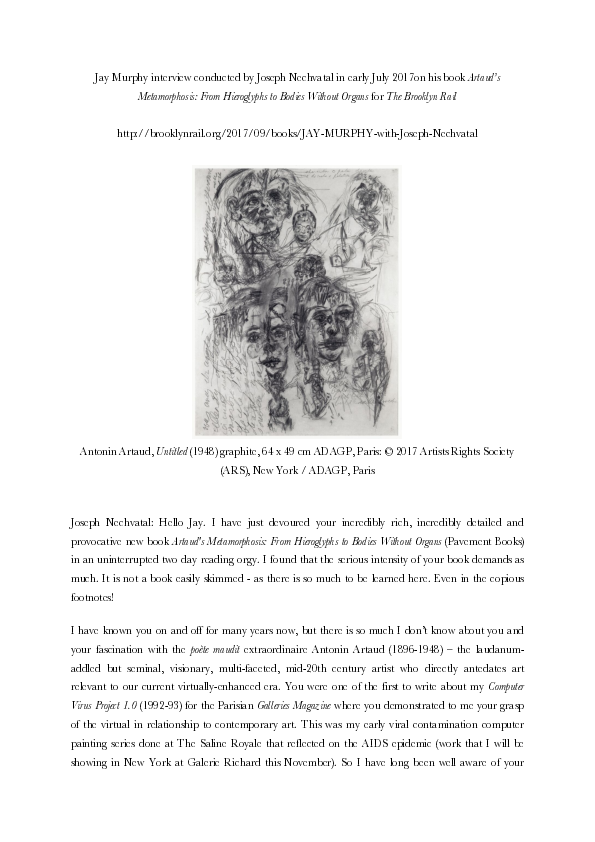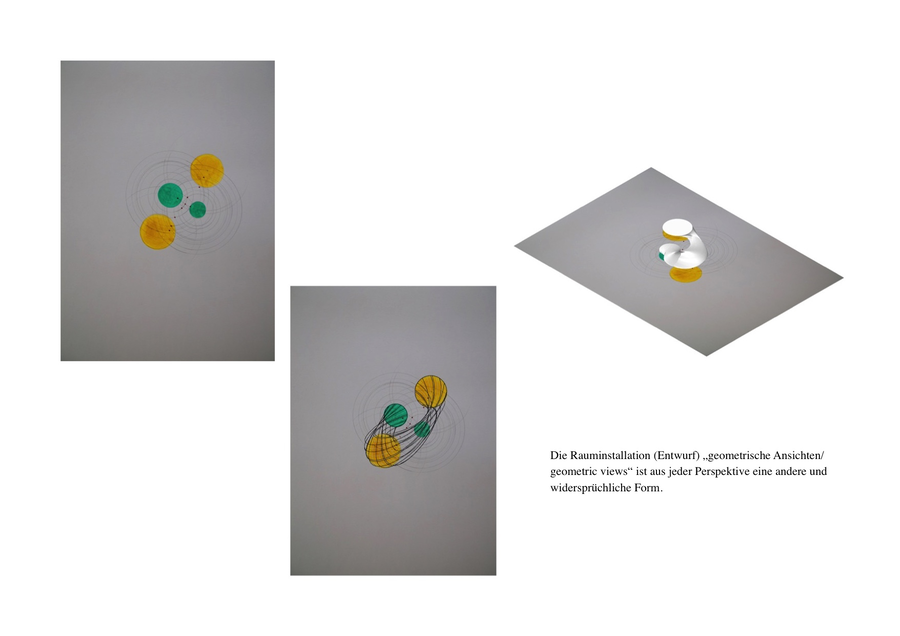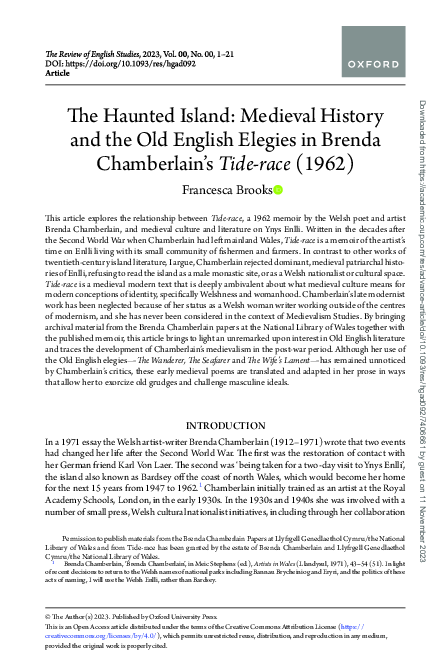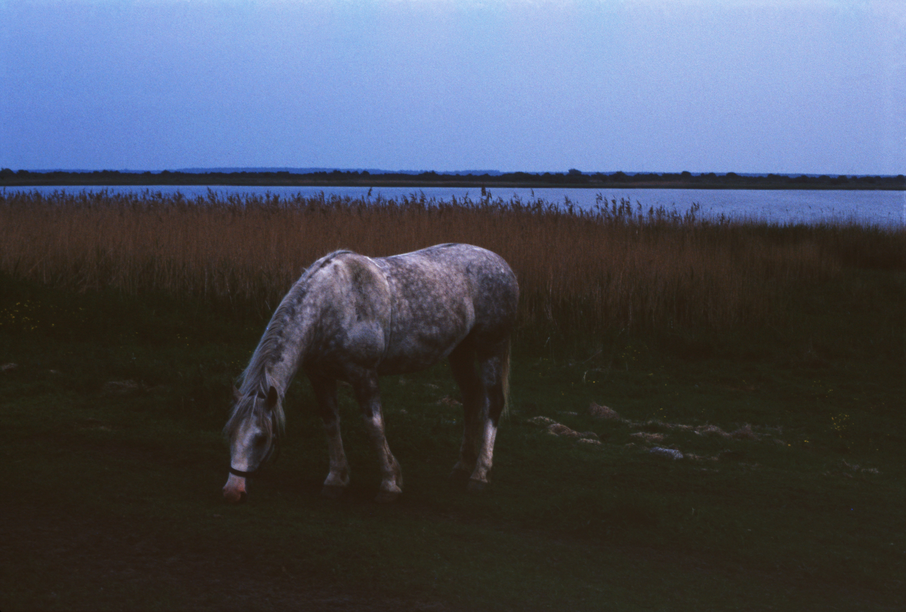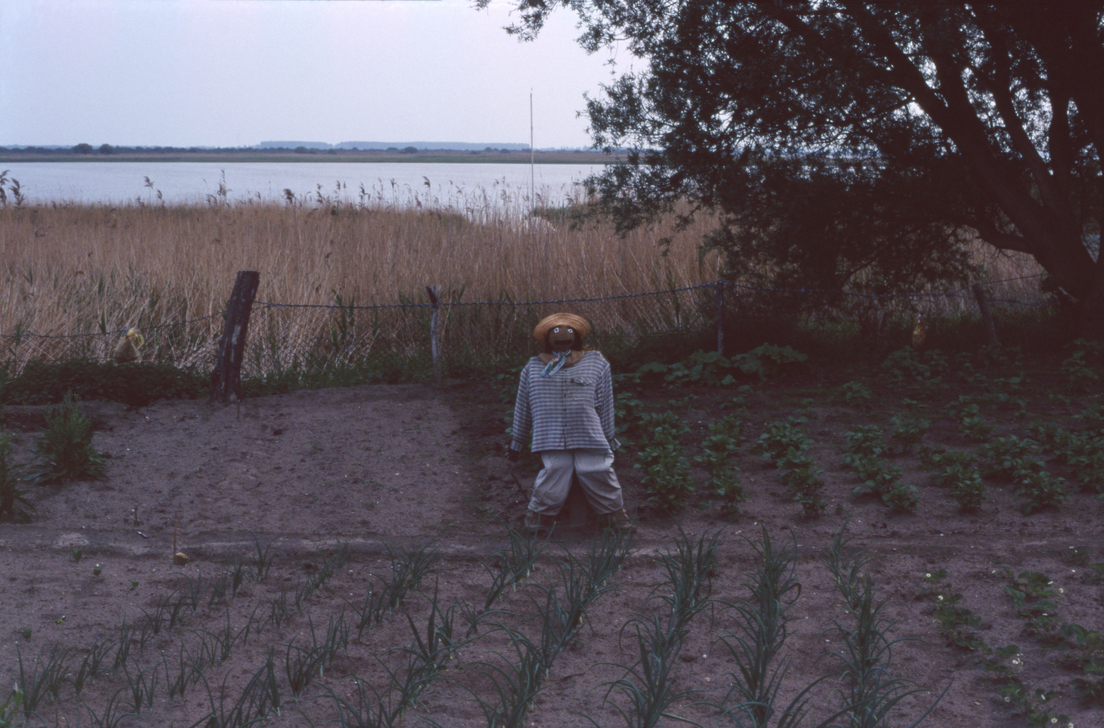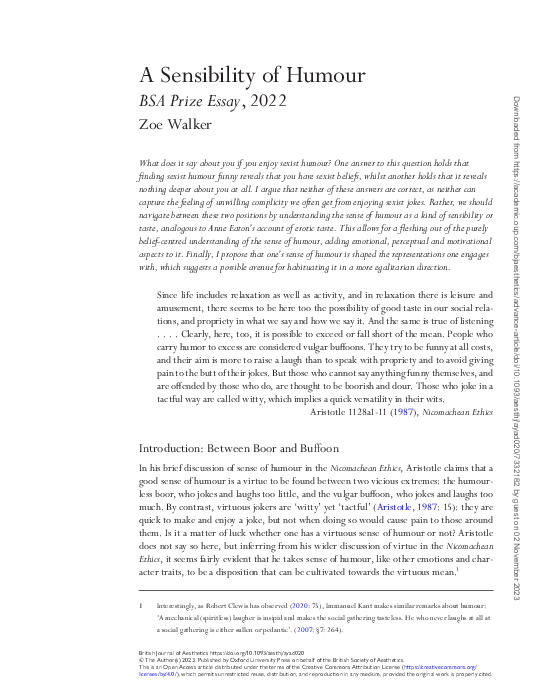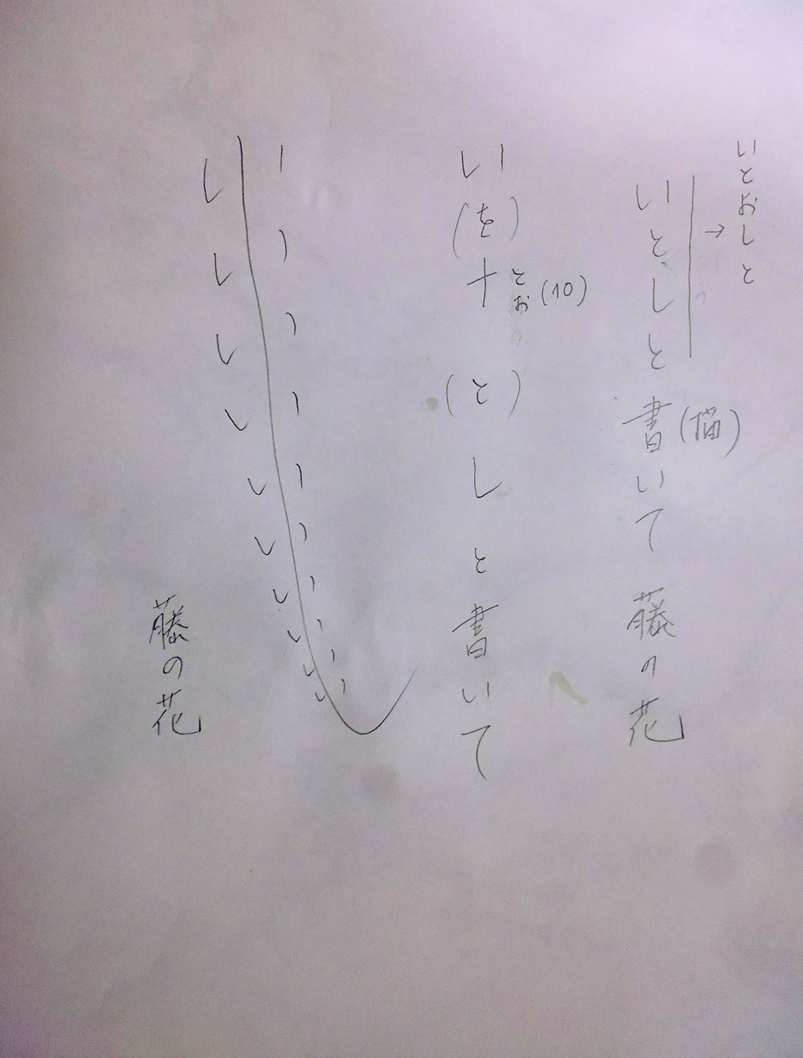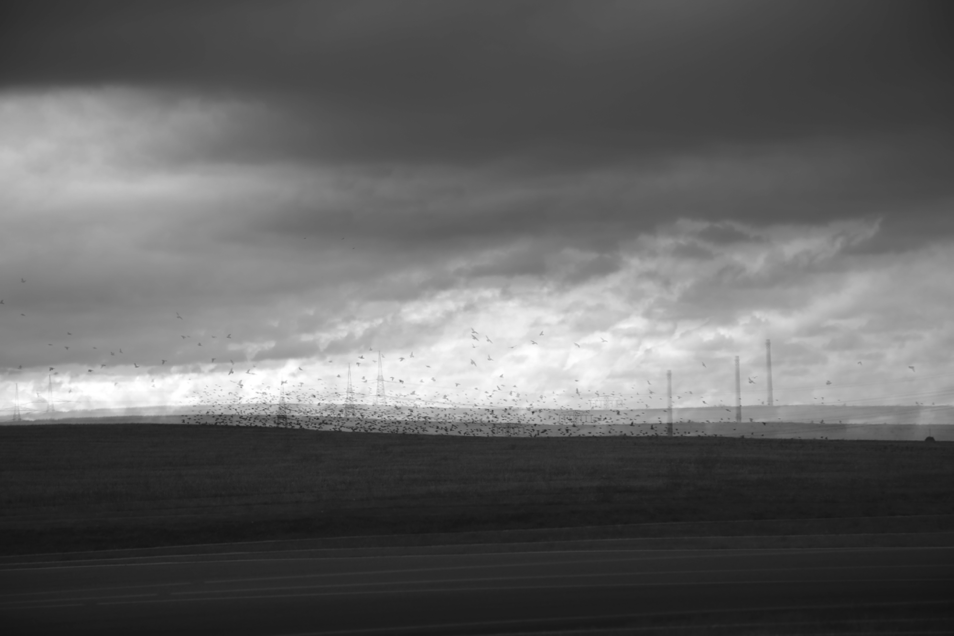Lithography Series (2023–)
o.T._#01, 2023, 36 x 45 cm, 3 Edition, 1 AP
On Paper (35 x 46 cm, 36 x 46 cm)
Crystal structure of silver halide
About the beauty of nature
Etsuo Fujii, Eary 1960, Japan
->From threefoldness to multi-foldness, On time, space and body
still/silent 2007 - 6 ch sound for the installation by Erika Matsunami and Niklas Schmincke, Performance by Antonis Anissegos and Erika Matsunami, GlogauAIR, Berlin, 2007
My (artistic) research objective(s) is/are, how I solve this research issue i.e. pollution and coexistence (environment) and transform into something– Aestehtics and Ethics are one–Wittgenstein
The aim is to explore 100 editions of the original in the series.
Then, it will be the level of the research by Dogen, and its volume 100.
From Royal territories to Nation territory
Colonialism (Capitalism is anot a new economical idea and concept. Capitalism in human civilization has been implementing since more than 2000 years historically. (Since the beginning of 'economy' with the money.) The only way to fundamentally change capitalism is to eliminate circulation based on the value of money. Nobody has the idea for a new economy system without using the money worth.
From the regional capitalism to the global capitalism
Since then, internationalized national terriroty
Topology
Maual - Digitalization
Randomness
Synthesis
For sonic composition, spatial installation, and improvised performance in the spatial installation
no dimentional space and time, but rather time in(to) time, space in(to) space.
conjunction between them
紅白梅図屏風
尾形光琳
江戸時代
National treasure of Japan
Korin Ogata
Edo Period
18th century
“Wabi-sabi” aesthetics solved this pollution problem at that time, however, not only through the art, it was an exploration by Dogen (Zen) basically and literally (in Ethics). In the Dance-Theater, it was by Zeami (in Aesthetics). The art was important for the practical exploration and civilization from the socio-political critical aspect. – The matter of art, and its correspondence
I am dealing with transversal aesthetics and exploring Japanese aesthetic Wabi-Sabi, but in a contemorary context.
Because everyone is obsessed with style (by How to create Japanese Wabi-Sabi learning) and not essential.
In 2011, a scientific survey was conducted using a digital microscope, a portable X-ray fluorescence spectrometer, and a portable X-ray powder analyzer. As a result, we were able to confirm that gold leaf was used for the gold base that occupied the entire folding screen. In addition, silver remained on the entire surface of the water stream, and silver sulfide was detected in the black portion.
Drawing 'dream' in surrealism is also an observational artistic act in nature (including human nature in the environment.)
Leitmotif -> Light including reflection -> Max Eastley on the topic of 'Wind' -> Environmental Uniqueness
aeolian (comparative more aeolian, superlative most aeolian)
- of, or relating to the wind.
- (geology) carried, deposited or eroded by the wind.
- (music) Aeolian mode
Rhetoric-> confusion of love (from life)-> aesthetic intervention -> Joseph Nechvatal on the subject of 'Darkness' and Viral aesthetics (from death) -> Nonsense and Emotion
Japanese painting was not an idealist format, but rather epistemological through the natural phenomena. Later, it was explored a socio-political aspect in the art. (A misreading of Japanese painting by the Western in Idealism, that was on 'Love'.
In the Western, Love by/for God in arts and humanities; in the Japanese, on Human love, Life and Nature in arts and humanities.
Love is an (maybe the most) important topic of the high art in the Western fine arts originally.)
This painting 紅白梅図屏風 is a critical towards human civilisation (on materiality and its procedure), i.e. observation on the ground (earth), site-specific, water pollution.
Laut Diamond sei es jetzt Wittgensteins Auffassung von Philosophie, dass das komplette philosophische Vokabular auf diese Art ersetzt werden müsse. Das bisherige philosophische Vokabular sorgt für Verwirrung und muss deswegen analysiert werden und durch eine eindeutige Notation ersetzt werden. Wittgenstein versucht also mit seinem Tractatus zu zeigen, dass diese Perspektive, die versucht Eigenschaften der Realität durch die Analyse der Sprache zu entdecken eine Illusion ist. Sätze die aus ihr folgen sind nichts weiter als reiner Unsinn. Wittgenstein schreibt: „Jeder mögliche Satz ist rechtmäßig gebildet, und wenn er keinen Sinn hat, so kann das nur daran liegen, daß wir einigen seiner Bestandteile keine Bedeutung gegeben haben. (Wenn wir auch glauben, es getan zu haben.)“ (TLP 5.4733) „A ist ein Gegenstand“ ist Unsinn weil er eine Notwendigkeit behauptet, als ob sie von bestimmten Wahrheitsbedingungen abhängt. Wenn Sätze wie „A ist ein Gegenstand“ Unsinn sind, dann nur, weil wir einigen der Bestandteile keine Bedeutung gegeben haben. Der Begriff „Gegenstand“ der in der üblichen Sprache als Variable fungiert, wird hier in einer grammatikalisch komplett anderen Weise verwendet, der wir keine Bedeutung gegeben haben. So entsteht die Illusion wir hätten einen sinnvollen Satz gebildet.
https://www.grin.com/document/195950
Time won't back, it fluxs, but it lies in-between in the natural system – It is my imagination of “time” – for a drawing of something.
Time seems to follow a universal, ticktock rhythm. But it doesn't. In the Special Theory of Relativity, Einstein determined that time is relative—in other words, the rate at which time passes depends on your frame of reference.
The special theory of relativity was based on two main postulates: first, that the speed of light is constant for all observers; and second, that observers moving at constant speeds should be subject to the same physical laws.
The main takeaways behind Einstein's general theory of relativity: 1. Time and space are neither flat nor fixed; they are curved and distorted by mass and energy. 2. Gravity is not a force, but rather a distortion of time and space.
The theory of general relativity says that the observed gravitational effect between masses results from their warping of spacetime.
“A language is therefore, a social institution and a system of values. It is the social part of language, it is essentially a collective contract which one must accept in its entirety if one wishes to communicate. It is because a language is a system of contractual values that it resists the modifications coming from a single individual and is consequently a social institution. In contrast to language, which is both institution and system, speech is essentially an individual act of selection and actualization. The speaking subject can use the code of the language with a view to expressing his personal thought. It is because speech is essentially a combinative activity that it corresponds to and individual act and not to a pure creation.“ (Barthes, 1967, pp. 14-15)
https://www.art-identityem.com/b-o-d-y-storytelling
Composition in the post-conceptual era:
Joseph Nechvatal
https://pentiments.bandcamp.com/album/the-viral-tempest
The Viral Tempest
von Joseph Nechvatal
"What magical trick makes us intelligent? The trick is that there is no trick. The power of intelligence stems from our vast diversity, not from any single, perfect principle.", Marvin Minsky
Brain-Mind: From neurons to Consciousness to Creativity by Paul Thagard, OUP, 2019, p.1
Silence surrounds us, silence around us – on creativity in communication
What is 'regional culture'?
From the perspective of my research, it is an assemblage, there is no fixed formalism but rather is revealed through the human emotion(s) in the natural environment (material and condition).
“Formalism” thus speaks to today’s national culture, which is not always “High art” in today’s society. “High art” deals with ethics and aesthetics in every culture. However, in the contemporay society, there is no artist to explore and create 'High art'. Who had created 'High art', the artist had belonged the institution (such as the king) in the Western culture. In the Japan, the artist was independent and individual like today. But since the Meiji-Period in Japan, it has been the same in Western countires. (Law, Copyright, Modernization)
So, artist in the Western culture was very higher, and also the Western culture was very higher, that was colonialism. But today, there is no 'national' artist since post-war in the 20th century.
From the aspect of sculpture:
Projection of the Ancient Greek Culture in original (in South European culture) and Abdruck and Abguss of the original in the European Central culture
-> Multiple production in Art and Science since modernity (Western culture) -> Industrialization (globally)
I mean the synthesis is a chemistory phenomenon by etching. Everyone are doing principle same, but each serves a bit different way with materials, is the same in Klang Kunst /sonic art and analogue photography.
To deal with the materials in natural phenomenon, we need to work with synnthesis and explore a synthesis. The balance between substances is very delicate.
On Zufall:
- Supper, Martin, Geschichte und Ästhetik der Computermusik, Darmstadt: Wissenschaftliche Buchgesellschaft, Hofheim: Wolke Verlag, 1997
- https://www.researchcatalogue.net/view/161645/2137337
Iannis Xenakis
Else Marie Pade
Hideko Fujii
Von Zufall spricht man, wenn für ein einzelnes Ereignis oder das Zusammentreffen mehrerer Ereignisse keine kausale Erklärung gefunden werden kann.
References:
Richard Wohleim, Ludwig Wittgenstein and others
Nanay, Bence, Aesthetics as philosophy of perception, Oxford: OUP, 2016
Supper, Martin, Geschichte und Ästhetik der Computermusik, Darmstadt: Wissenschaftliche Buchgesellschaft, Hofheim: Wolke Verlag, 1997
Wohleim, Richard, Art and its Objects – An Introduction to Aesthetics, , Grote Profession of Philosophy of Mind and Logic, London: the University of London, 1968
"There's this huge gap between reality and its possible representations. And that gap is impossible to close. So as artists, we must try different strategies for representation. [...] [A] process of identification is fundamental to create empathy, to create solidarity, to create intellectual involvement."
Alfredo Jaar - The Silence of Nduwayezu
-> For example,
The Turner Prize London Wolfgang Tillmans in 2000
Iannis Xenakis, Kyoto Prize,
and many others on the ethics and aesthetics
Note:
I dealt with "After End of the Art"(1996) by Arthur C. Danto in my artistic research project "Point In Time" (2013 – 2014 until April) in German and English
https://www.researchcatalogue.net/view/59807/60112
Biochemistry or biological chemistry is the study of chemical processes within and relating to living organisms.[1] A sub-discipline of both chemistry and biology, biochemistry may be divided into three fields: structural biology, enzymology, and metabolism. Over the last decades of the 20th century, biochemistry has become successful at explaining living processes through these three disciplines. Almost all areas of the life sciences are being uncovered and developed through biochemical methodology and research.[2] Biochemistry focuses on understanding the chemical basis which allows biological molecules to give rise to the processes that occur within living cells and between cells,[3] in turn relating greatly to the understanding of tissues and organs, as well as organism structure and function.[4] Biochemistry is closely related to molecular biology, which is the study of the molecular mechanisms of biological phenomena.[5]
"Immersion Into Noise" (Open Humanity Press, 2011)
If each one can deal with these topics, everyone can begin to go beyond Kant's theory in the 21st century finally.
I explore in lithography, my question 'What role has the aesthetic in Fine Arts?' (What is an aesthetic account in Fine Arts?) This question applies to the artistic research Untitiled*a.o.i. - lasting memories in terms of a German-Dutch Composer Gottfried Michael Koenig's account of klangfarbe and its spatial aesthetics also. – synthetic sound and spatial aesthetics
He worked on synthetic sound composition from manual to computre music (logic). – between analogue and digital
In the lithography, I work on the aesthetics 'Wabi-Sabi' towards Jackson Pollok's (American Wabi-Sabi, striking (plakative)) painting of 'Wabi-Sabi'. (intentional, expressionism, American Avant-garde in post-war, in the 20th century)
In my exploration, it is Japanese Aestehtics of 'Wabi-Sabi', hold in, holding back, retain (zurückhalten) painting on the stone. (Non-intentional, natural phenomneon, an Avant-garde in the 21st century) Thereby I dealt with the artistic technique of German heritage traditional lithography.
After creating of 'notation' in lithography, I explore the notation in synthetic (digital) space, transversal aestehtics, and spatial aesthetics for the installation.
-> B.O.D.Y. - the second skin (analogue and digital (im-/)materialities and aesthetics)
One of the causes of water pollution problems in Asia is chemicals such as bonds.
This is a deadly level.
It causes thalidomide disease.
Sources of toxic chemicals include improperly disposed wastewater from industrial plants and chemical process facilities (lead, mercury, chromium) as well as surface runoff containing pesticides used on agricultural areas and suburban lawns (chlordane, dieldrin, heptachlor).
Moreover,
For adhesives, there is the issue of formaldehyde and other VOCs (volatile organic compounds). Formaldehyde is highly acutely toxic, and has a particularly strong irritant effect on mucous membranes, so it is treated as a deleterious substance and is designated as a Group 2A carcinogen by the International Agency for Research on Cancer (IARC).
between inhabit(ing) and habit
- A very short story (of) 4 x 4 video = 16 videos
by erika matsunami
Berlin, 2021
For study
-> the starting point of a.o.i. - lasting memories
What is 'ego'?
A notice:
I think it's clear why exploring 'mimesis' for all types of arts (music, architecture, design, visual arts, etc.) is important in relation to 'imagination' in the arts and humanities. – Man is a part of nature (and its law).
Joseph Nechvatal's work is the painting with the help of a robot's arm through his composition (following DADA and Surrealism). Thereby he is writing, that is his mimesis.
Max Eastley created the site-specific installation. Thereby he created his own instrument (for playing the improvisation), that is his mimesis.
Wolfgang Tillmans created photographs. Thereby his mimesis is "Freischimmer" (2003), we can see it in his photography series.
In the exhibition "Imaginarium III" Galerie Wedding in Berlin, I took part in the exhibition "Imaginarium III" with my project "B.O.D.Y. "(2010). Thereby the curators selected my work "B.O.D.Y. - hidden codes" together with the project B.O.D.Y. (2010), that was my mimesis in this project "B.O.D.Y.".
In the case of John Cage, in the Ryoan-ji, his mimesis is his drawing.
Etching is a type of surface processing method that mainly targets metals, glasses, and semiconductors, and uses the corrosive properties of acids, alkalis, and ions to partially scrape the surface to obtain the desired shape.
Chemistry: Acids and Alkalis
I mean that Synthese in lithography is chemistry phenomenon by etching, each are doing principle same, but each uses a bit different way with materials.
Every substance have energy. Good or bad, we can't judge.
All molecules are made up of atoms that are bonded to one another with tiny bundles of energy. In chemistry, you study many kinds of bonds, some of which are strong, and others that are weak. The strongest bonds contain the most energy; the weakest ones have the least.
The work by artist, the (im-)materiality and aesthetic that is one of the topics of "The Matter of Art". In the conference #APRAN2023 is the artistic research by Dr. Carolyn Meckenzi-Craing -> #APRAN2023
Phénomènologie de la perception, Merleau-Ponty, published 1945 by Gallimard, Paris
Phenomenology of Perception
‘In this text, the body-organism is linked to the world through a network of primal significations, which arise from the perception of things.’
Michel Foucault
‘We live in an age of tele-presence and virtual reality. The sciences of the mind are finally paying heed to the centrality of body and world. Everything around us drives home the intimacy of perception, action and thought. In this emerging nexus, the work of Merleau- Ponty has never been more timely, or had more to teach us . . . The Phenomenology of Perception covers all the bases, from simple perception-action routines to the full Monty of conciousness, reason and the elusive self. Essential reading for anyone who cares about the embodied mind.’
Andy Clark, Professor of Philosophy and Director of the Cognitive Science Program, Indiana University
Without 'Function' in visual arts and with 'Function' in music
Function:
"You and I met a long time ago in New York, but you now live in New Orleans and I in Paris. So let’s catch up on what you have been doing in your life and in your curatorial practice. What led you to such an exhaustive deep dive into the magickal chaos of Artaud and your emphasis on tracking his transition (or metamorphosis, as you call it) between his (mystical) white and black periods: a metamorphosis that hinges on the peyote rituals he experienced with the Tarahumaran people in Mexico in 1936 that led to his famous theory of a theater of cruelty based on a “body without organs” (so influential upon Deleuze and Guattari’s BwO ‘virtual’ body as described in their all-important A Thousand Plateaus: Capitalism and Schizophrenia)."
Schizophrenia What's missing?
Studies to date have reported nutritional deficiencies in long-term psychiatric patients. ・Long-term patients with schizophrenia: Decreased blood levels of vitamin E, folic acid, vitamin B12, vitamin C, zinc, selenium, etc.
The risk of developing this disease, which is said to be 1 in 100, begins in adolescence.
Dietary and hormonal balance.
related to the brain.
It may be one of the causes of adolescent suicide.
It's very serious.
Statistically, it is most common in the adolescent to 30s.
The project N.N-Zwischenliegend (2015–2020) Digital photography, double exposure
visible and invisible: On natural light
In Berlin, 2014
There is no doubt that children have an important role in the social system in which the capitalist system of modern nations incorporates our "family system". The gap between the ideal human relationship of building "one's own home" (individual utopia) and the capitalist social system of the state remains basically the same whether it is a socialist system country or a free economy system country.
To what extent are children integrated into the national product of the economic system from the moment, when they are born?
And to what extent do these “human activities” support the modern capitalist economy?
Everything unconscious is a “duty” today.
All organs have the worth, even if our brain today.
Robert Mapplethorpe (1946–1989) was an American photographer in post-war, how many artworks (were in his private), after his death, he was one of academic recognized artists in the USA (American Art Norm). (Commercial)
Private is political, and Art is private means like his work is spiritual expression of humans, which does not lay in Freizeit-beschäftigung von allen Menschen that is in Germany (In Music, we can see this situation in the GEMA Germany, as well as in Visual arts in Germany – Gemeinde und Kunst). (What is 'pureness' in Art and its autonomy?) However, I like this side of German Art Scene, since Joseph Boyce in West-Germany, and today it is a recent form of the unification German art scene with Ex-DDR Avant-Garde, I found that 'funny'(An unique cultural form that is contradictory no matter where one looks at it.- it relates my artistic research project Geometrische Ansichten, wchi I would like to show it Kant.), but there is a issue for me. They are serious and art is their political policy, not a humor and playful. (It will change day by day through the generation change.)
Even if John Cage worked like Mapplethorpe. He did not apply his material and research cost, and he worked also in his private. (Institutional)
I need to work, all artists need to work also the artistic contract work of commercial or institutional or private.
In the capitalist economic system of the digital age, children are also burdened with mental burdens that contradict the time-saving convenience and rationality of making things with their own hands.
Is it possible to leave the consumer society towards the future?
Pluriverse: A Post-Development Dictionary contains over 100 essays on transformative initiatives and alternatives to the currently dominant processes of globalized development, including its structural roots in modernity, capitalism, state domination, and masculinist values. It offers critical essays on mainstream solutions that ‘greenwash’ development, and presents radically different worldviews and practices from around the world that point to an ecologically wise and socially just world.
A Post-Development Dictionary
Edited by
Ashish Kothari, Ariel Salleh, Arturo Escobar, Federico Demaria, Alberto Acosta
Published by: Tulika Books, New Delhi in association with AuthorsUpFront
https://radicalecologicaldemocracy.org/pluriverse/
I think the question here, rather than rapid scientific progress, is always the state of "capitalism." We have always had to explore new ethics for our body, our senses, our life, and our environment.
Another research method in the work of Marina Abramovic:
On Botschaft (message) ‘Art must be beautiful'
and analysis montage in her video work, which contrasts to Chiharu Shiota's Botschaft (message) ‘ I'm dirty' in her video work.
"Art must be beautiful," Abramovic says as she continues to comb her hair. Shiota continues to pour muddy water over her head, repeating, "I'm dirty.'' What both artists intend is a variation on "idealism". –Abramovic is aggressively, and Shiota is introveredly. That doesn't mean they are expressing what they think, but the message of the video. Performance art on the video and its performativity in the 1990's.
Then this research to start to explore the video art and performance in the 1990s.
-> Study of Art in the context of art history. (as well as from the sociological aspect)
In the communist socialist country with no commercials, the message (Botschaft) was understood as 'Statement' (Aussage) or 'Propaganda'. If there are people (audience) who believe in artworks, what audience's reaction would be?
In 2022, UNESCO published a report on the “Ethical Issues of Neurotechnology,” which calls for the creation of “neurorights”, outlining the need for mental privacy by adopting laws that protect brain activity and freedom of thought regarding neurotechnologies.
Wonderful strategy of feminist art in video art by Marina Abramovic between east- and west countries (anti-authority)
Japanese Traditional Dance-Theater Play Fujimusume 藤娘
Study of Choreography from original choreography of Japanese Traditional Dance-Theater Play Fujimusume 藤娘, Erika Matsunmi
Japanese classical dance choreography
lyrics and word play
Kakekotoba 掛詞
Makurakotoba 枕詞
Music composition
Choushi 調子
lyrics, choreography, composition and tonal play
Disembodiment and Embodiment in the choreography
Symbol "F" in physics is force (Kraft in German)
This choreography of the Japanese Traditional Dance-Theatre 'Fujimusume' was created the choreography for a male dancer playing as a female (flower spirit).
Fujimusume, Kabuki, dance/interpretation by Tamasaburo Bando
https://www.youtube.com/watch?v=sPgtX-ljHi4
https://www.youtube.com/watch?v=-PwsP6uIwUs
Kabuki, dance choreography in female role is very heavy to dance, I am very sure that was created for male dancer originally. (The longing of Van Gogh for the Japanese (fe-)male sense)
A symbol function is used to set a symbol value depending on the parameters provided for the function. A symbol function is identified by either an exclamation mark ( ! ) or a question mark ( ? ) that is used as a start value.
In formal logic and related branches of mathematics, a functional predicate, or function symbol, is a logical symbol that may be applied to an object term to produce another object term. Functional predicates are also sometimes called mappings, but that term has additional meanings in mathematics. In a model, a function symbol will be modelled by a function.
Specifically, the symbol F in a formal language is a functional symbol if, given any symbol X representing an object in the language, F(X) is again a symbol representing an object in that language. In typed logic, F is a functional symbol with domain type T and codomain type U if, given any symbol X representing an object of type T, F(X) is a symbol representing an object of type U. One can similarly define function symbols of more than one variable, analogous to functions of more than one variable; a function symbol in zero variables is simply a constant symbol.
https://en.wikipedia.org/wiki/Functional_predicate
My Question for a 'detail' (The detail Question):
Under what circumstances can a detail be isolated as a part of the whole?
Femininity in German idealism is spirituality, as well as Eros
In Erotism, he meticulously and systematically maps out meditations on erotic desire, death, taboo and its transgression. (Erotism: Death and Sensuality by Georges Bataille, 1957)
Georges Bataille (1897 – 1962) was a French philosopher and intellectual working in philosophy, literature, sociology, anthropology, and history of art. His writing, which included essays, novels, and poetry, explored such subjects as eroticism, mysticism, surrealism, and transgression. His work would prove influential on subsequent schools of philosophy and social theory, including poststructuralism
Quantum biology is the field of study that investigates processes in living organisms that cannot be accurately described by the classical laws of physics. This means that quantum theory has to be applied to understand those processes. All matter, including living matter, is subject to the laws of physics.
Silence surrounds us, silence arround us
https://www.researchcatalogue.net/view/1409703/1409704
"Silence surrounds us, silence arround us" – 'silence' in this context is natural light.
The sound in our surrouning is noisy naturally. However, generally, poeple understand "silence surrounds us, silence arround us" is about a quiet space.
Kant argues that such aesthetic judgments (or 'judgments of taste') must have four key distinguishing features. First, they are disinterested, meaning that we take pleasure in something because we judge it beautiful, rather than judging it beautiful because we find it pleasurable.
https://plato.stanford.edu/entries/aesthetic-judgment/
The question is on the topic of naturalisation or industrialization, What is life for us in the near future? How can we decide 'my' life by myself in how many opptitions?
The issue of the research is on the topic of generalization and its rationalization.
While reflecting on the past, we explore something the present in the reality towards the future. – Point in Time (2023)
We can never know what is 'present', that we can reflect in the reflection of the 'past'.
What is whole and its time and space? – is a 'Detail'.
The project N.N-Zwischenliegend (2015–2020) Digital photography, double exposure
visible and invisible: On natural light
In Berlin, 2014
'On darkness in "Freischwimmer" (2001–2004) by Wolfgang Tillmans and "Overdrive" (1989) by Joseph Nechvatal
darkness in "Freischwimmer" (2001–2004) by Wolfgang Tillmans is negative of darkness in dark, is an analogue photographic reflection of light (photo development), Joseph Nechvatal's "Overdrive" (1989) a positive in dark is digital positiveness*.
Both artists originated from the punk scenes in Hamburg, Germany and New York city, United States.
*positiveness, the fact of being full of hope and confidence, or of giving cause for hope. There is no negative in digital.
Live or death, death or live;
HIV-virus is a shortcut (abbreviation (abbr.) of the term in linguistics) of the human immunodeficiency viruses.
What he corresponded in this his work 'Freischwimmer', that is a projected shadow–the shadows of the "materials" were exposed on the photographic paper–is the matter, and it was the substance as the material which is opaque to light.
The AIDS virus is a type of virus that enters and hijacks human cells.
Wolfgang Tilmans's work on death and life from subjectivity to objectivity, and contrast with his work, which is by Joseph Nechvatal, who coined 'viral aesthetics' practically from objectivity to subjectivity on this subject of HIV-Virus– the matter of art
The photography is the handcrafts working the photo camera (apparatus, instrument) in the art, and Nechvatal's paintig with the help of the robotc arm is also a hand crafts working apparatus, instrument in the art.




